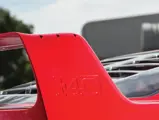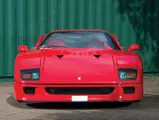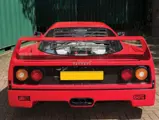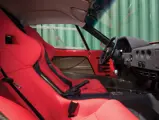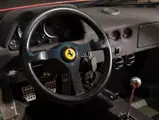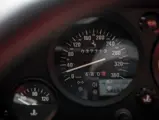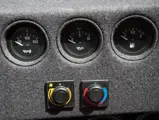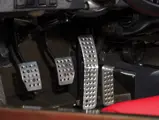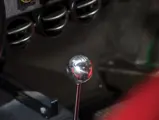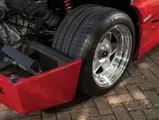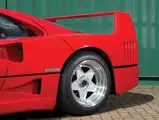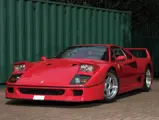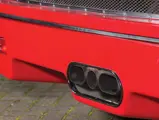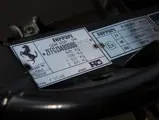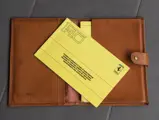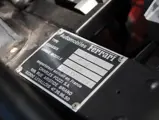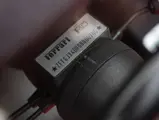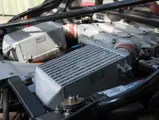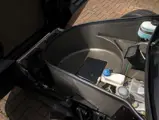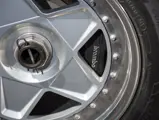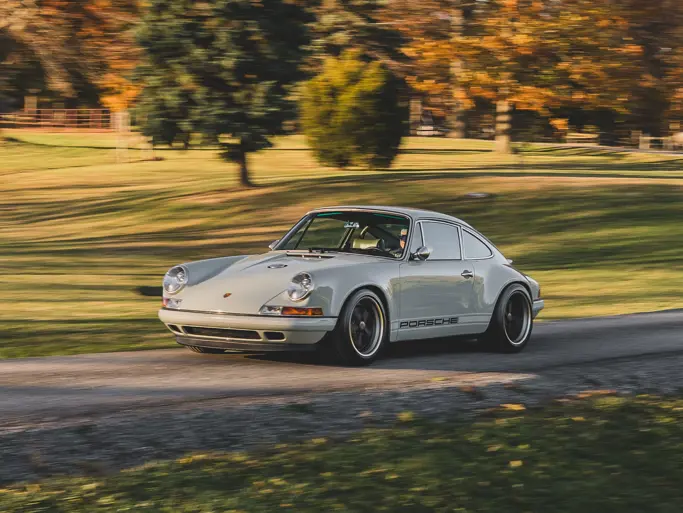Built to celebrate and named in honour of the storied Maranello marque’s 40th anniversary, the legendary Ferrari F40 needs almost no introduction. Powered by a 478-bhp twin-turbo V-8 borrowed from its predecessor, the 288 GTO, the F40 set the automotive world alight by shattering the 200-mph mark, making it the world’s fastest production car at that time. This was gratifying to the Ferrari team and especially to il Commendatore, Enzo Ferrari, as the F40 toppled the 197-mph record set by Maranello’s long-time rival Porsche with the 959.
In addition to its incredible top speed, the F40 stuns the uninitiated with its tachycardia-inspiring acceleration. Capable of reaching 0–60 mph in just 4.7 seconds and a mind-boggling 0–100 mph in just 8.3 seconds, the F40 was truly more of a race car than a street car. This perception is reinforced by the iconic racing-inspired rear wing, carbon composite and steel tube chassis and fully independent double-wishbone suspension, all of which is more at home on the track than the highway. Braking, too, exceeded all reasonable expectations, enabling the car to go from rest to 60 mph to rest again in just 119 feet.
Pioneering the use of carbon fibre, the F40 weighed just 1,088 kilos. Its Pininfarina-designed bodywork, penned by Leonardo Fioravanti, was designed with aerodynamics in mind and provided incredible high-speed stability while channelling sufficient airflow to cool the mid-mounted engine. Inside, the F40 offered the most spartan of interiors. The F40 was delivered with lightweight bucket seats, no carpets, door pulls instead of door handles and the option of either fixed or, as with the car offered here, sliding windows. Ferrari engineers knew that every ounce counts in the pursuit of performance and consequently made no concessions for comfort or luxury. The car offers no apologies for its lack of accommodations, but this will hardly bother the committed enthusiast who is given the chance to pilot such a legendary automobile.
Though just 400 cars were originally planned, Ferrari quickly increased that number following the F40’s overwhelmingly successful debut. Ultimately, 1,311 F40s were produced between 1987 and 1992, with a further small production run of F40s built to GTE and LM race specification between 1994 and 1996.
The car offered here, chassis number 80786, is a fine LHD example of the vaunted supercar. It is one of the ultra-desirable first 50 so-called ‘non-cat, non-adjust’ examples of the European-spec F40. It was delivered to Christian Philippsen, president of the French Ferrari Owners Club, by Pozzi of Lyon, France, on 16 September 1989. The car has been meticulously maintained since new and shows fewer than 38,000 kilometres on the odometer at the time of cataloguing.
Presented in the legendary Rosso Corsa livery with red lightweight bucket seats and the iconic gated Ferrari shifter, chassis number 80786 is in fine fettle and is ready for spirited action on the track, the street or on the concours field. It has recently been serviced by DK Engineering of Hertfordshire. Included with the sale is the Ferrari Classiche binder, tool kit, leather wallet, extensive service records, various books and a fuel cell certification valid until 27 February 2020.
The F40 was the last Ferrari personally approved by Enzo Ferrari before his death in 1988 and is therefore considered by some marque specialists to be the last true Ferrari. Chassis number 80786 is a truly stunning, Classiche-certified example of the definitive Ferrari supercar of the 1980s.





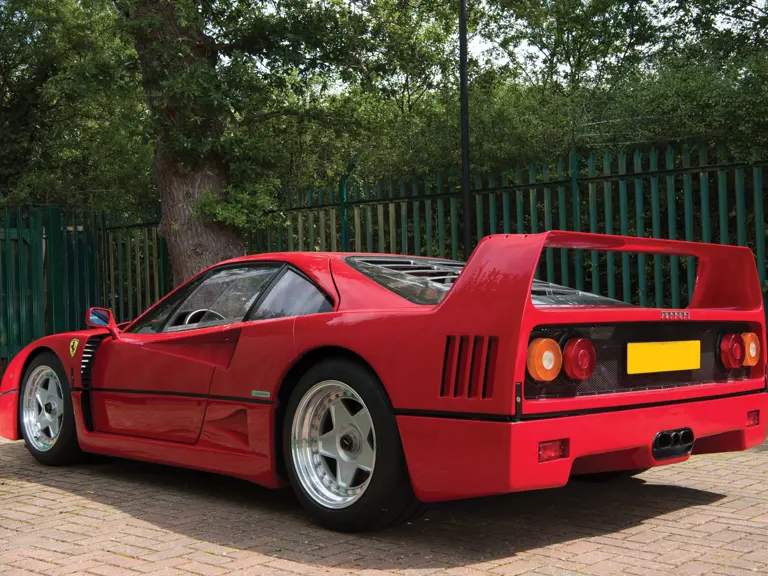

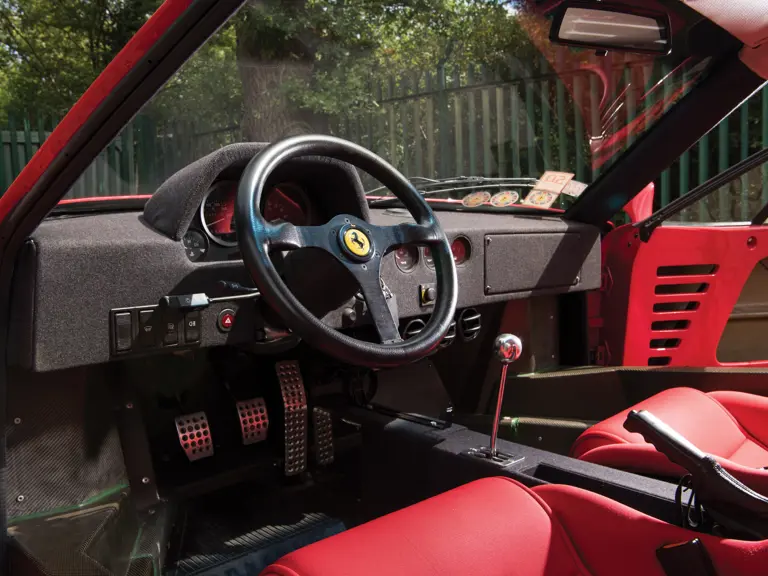
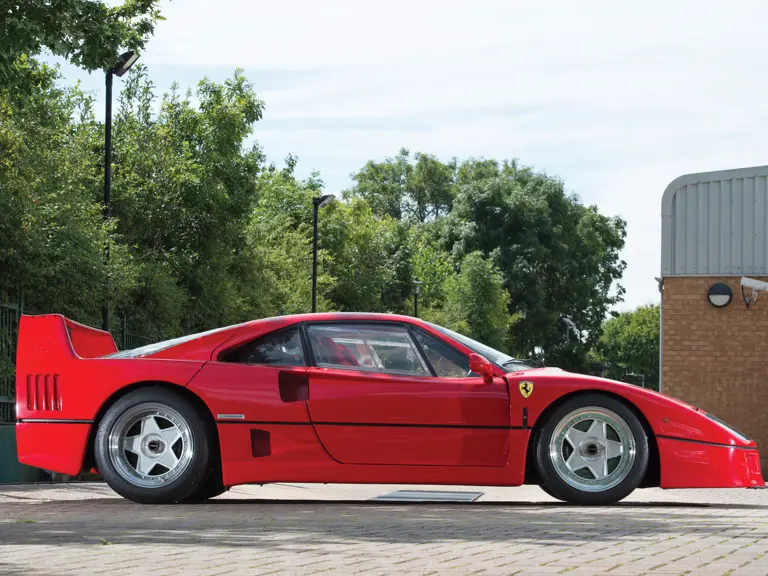
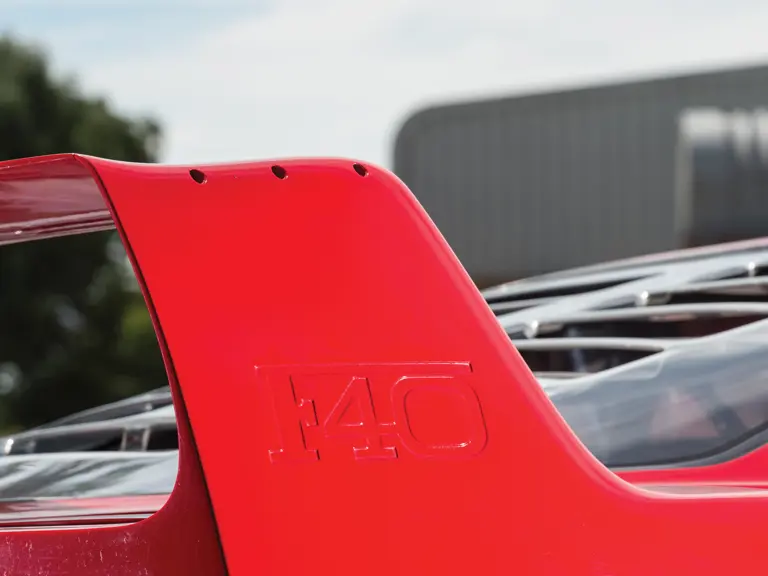
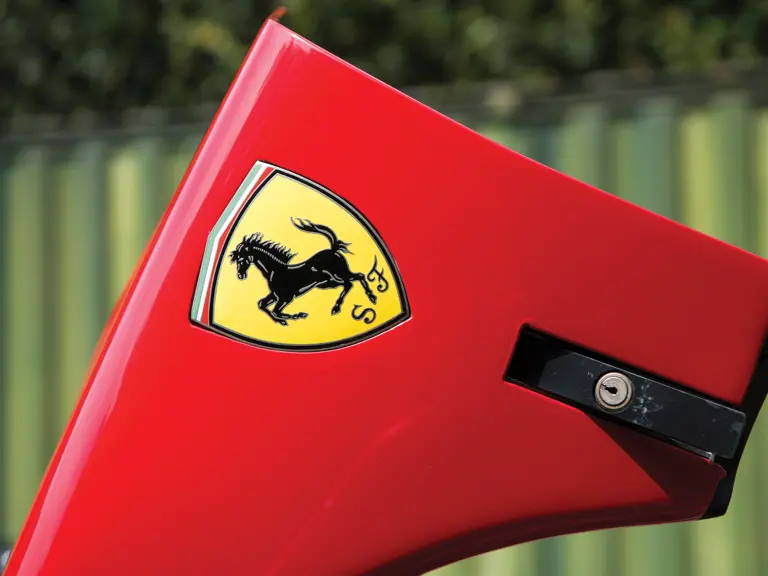
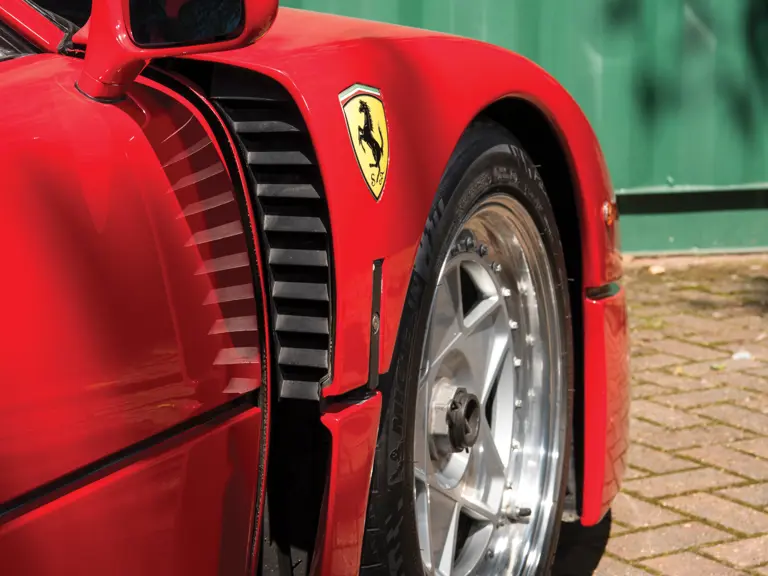

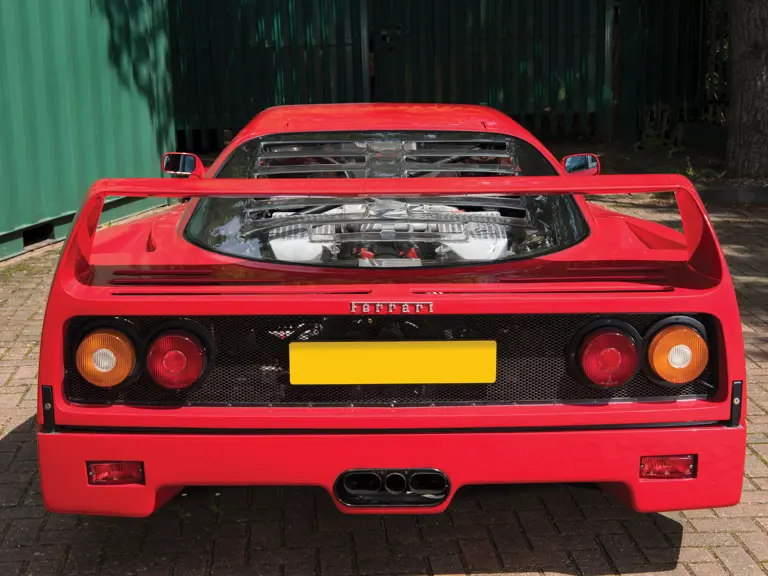
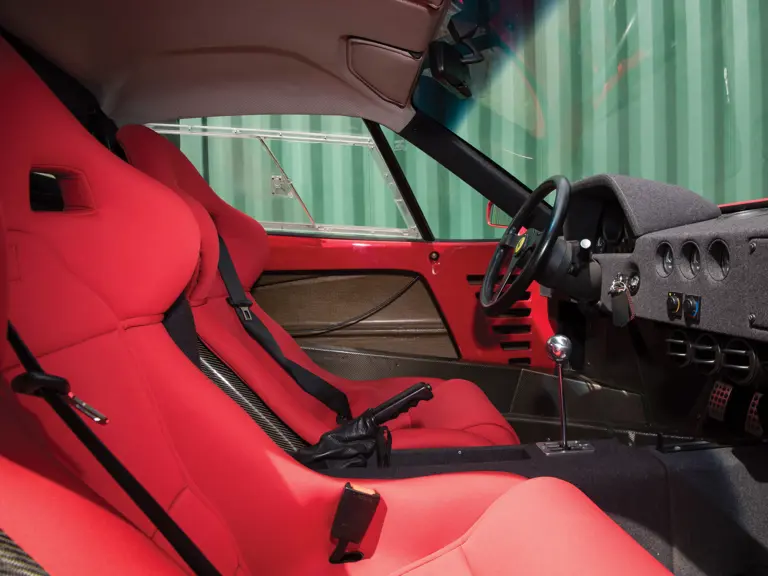
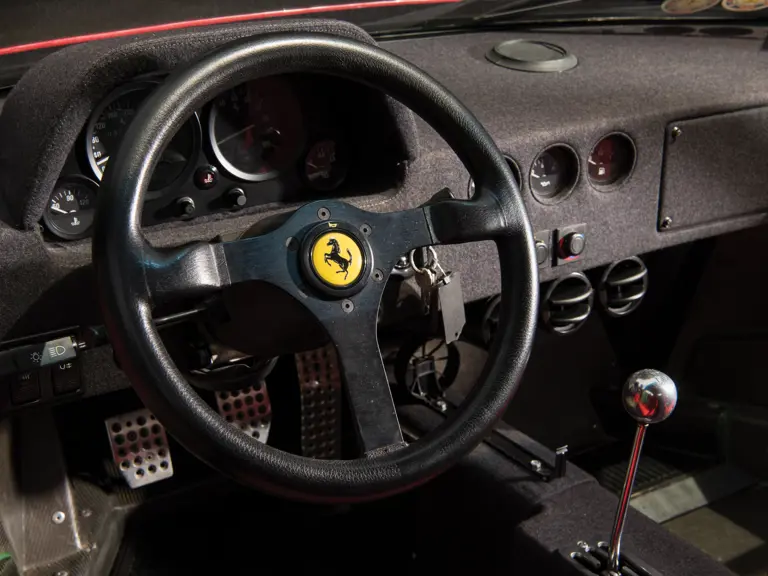
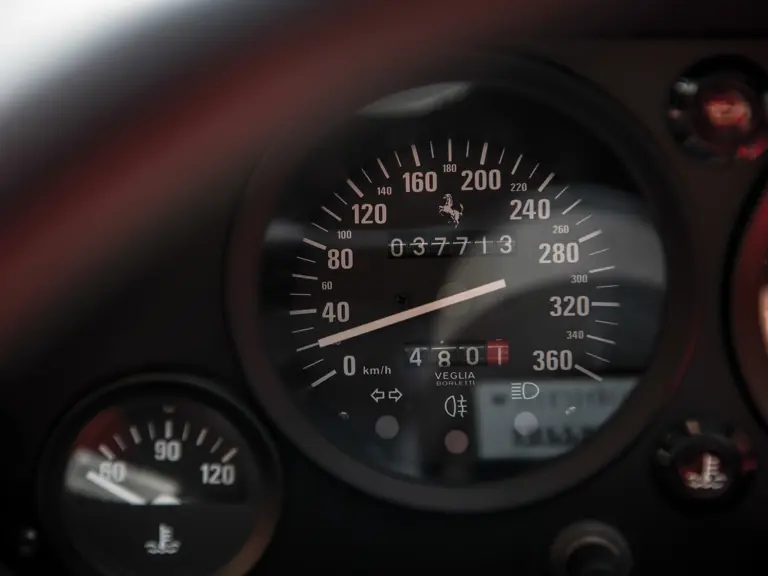
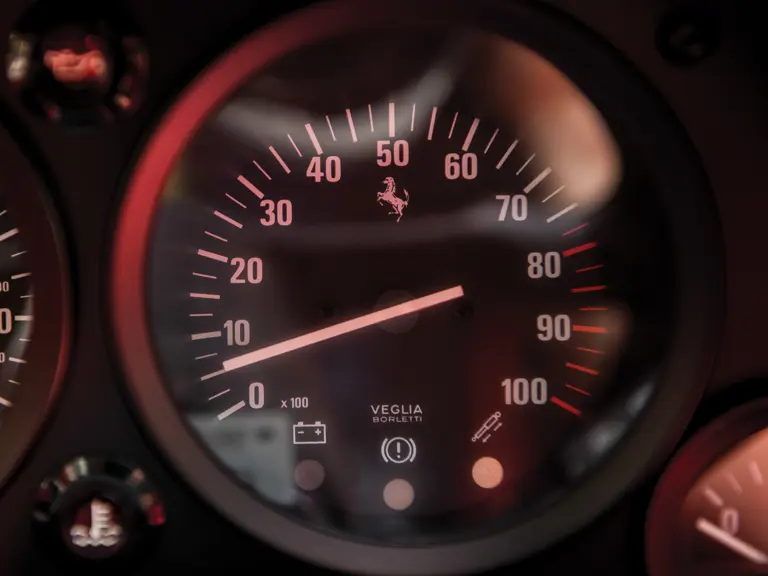
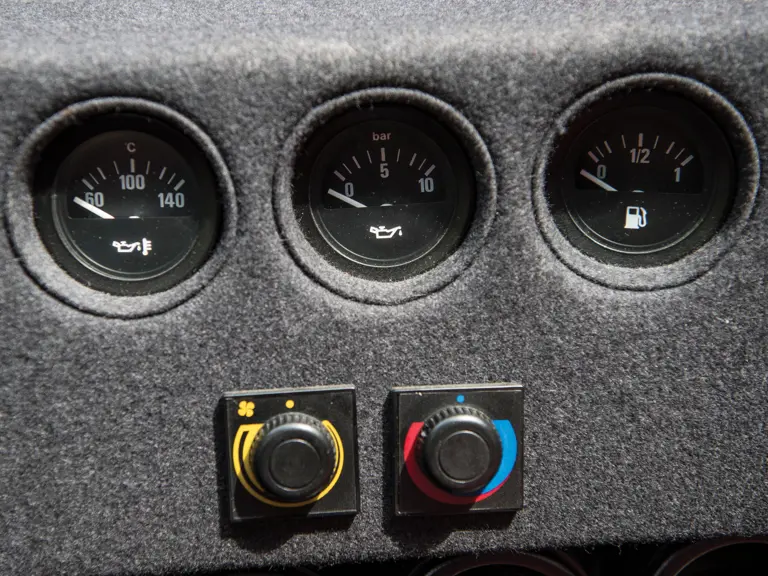
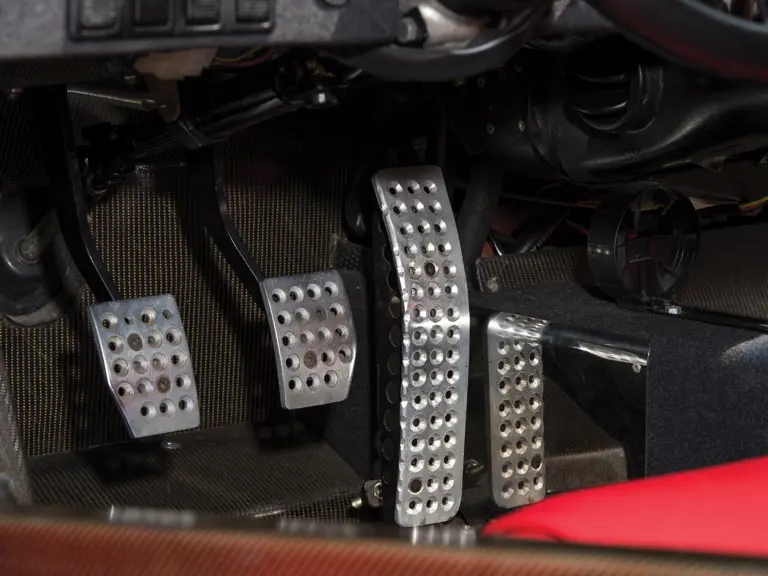


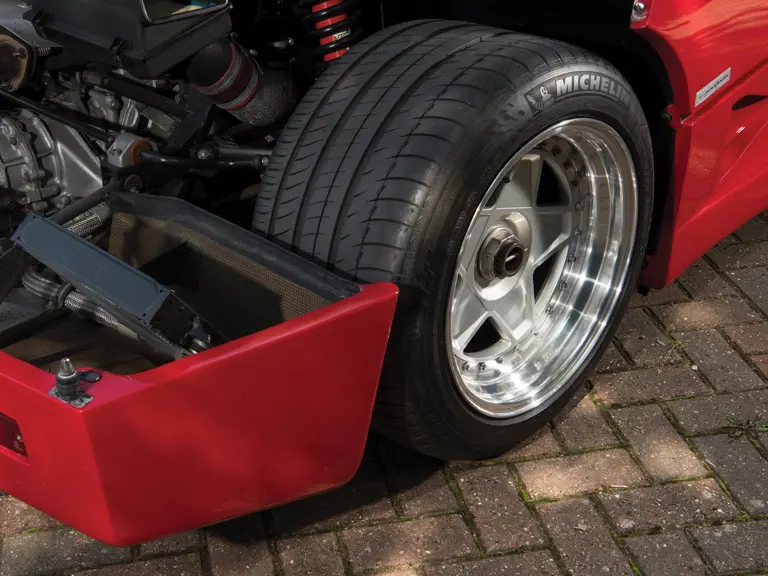
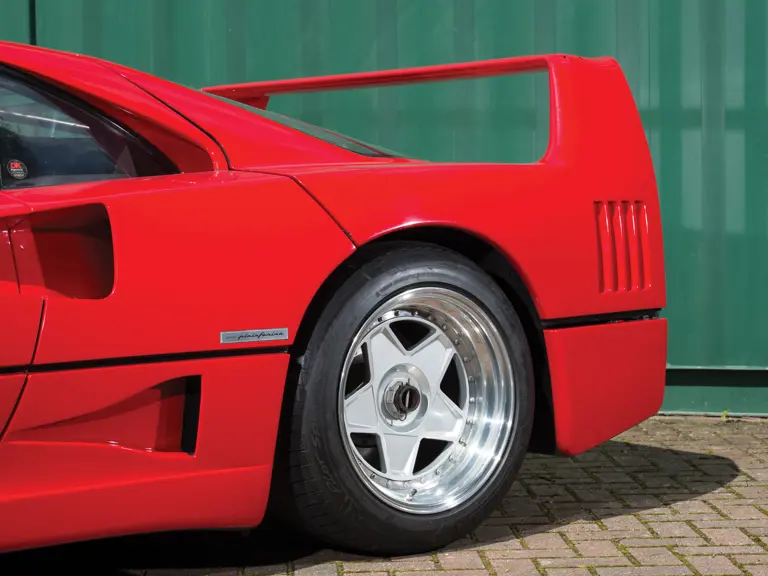
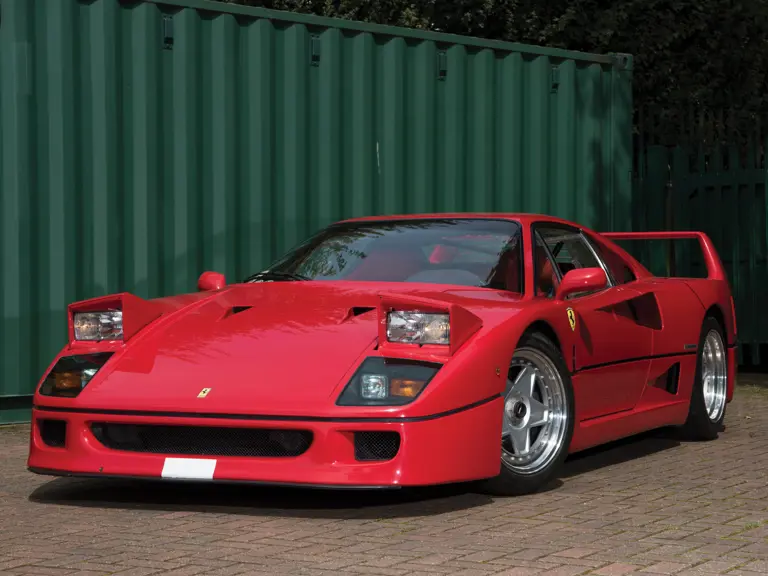

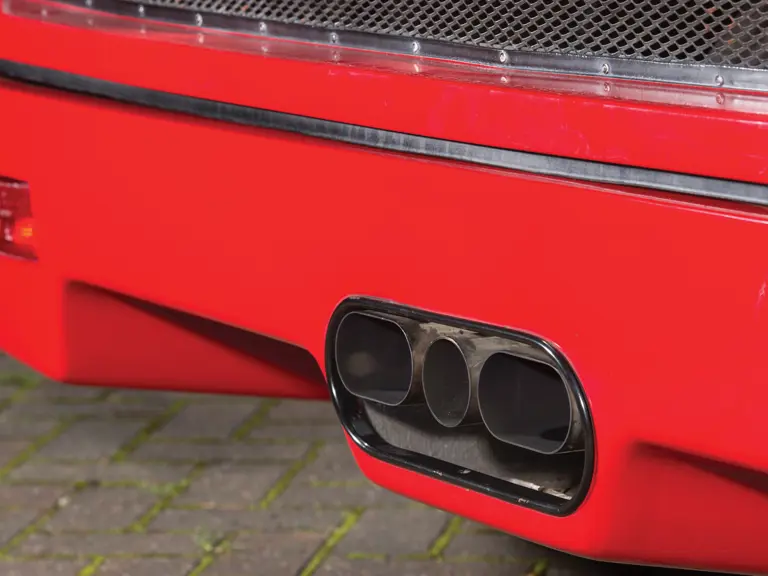
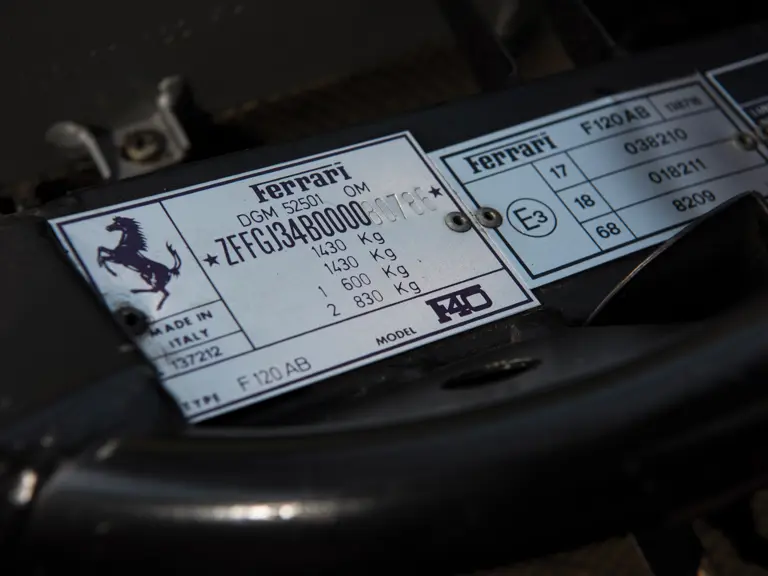
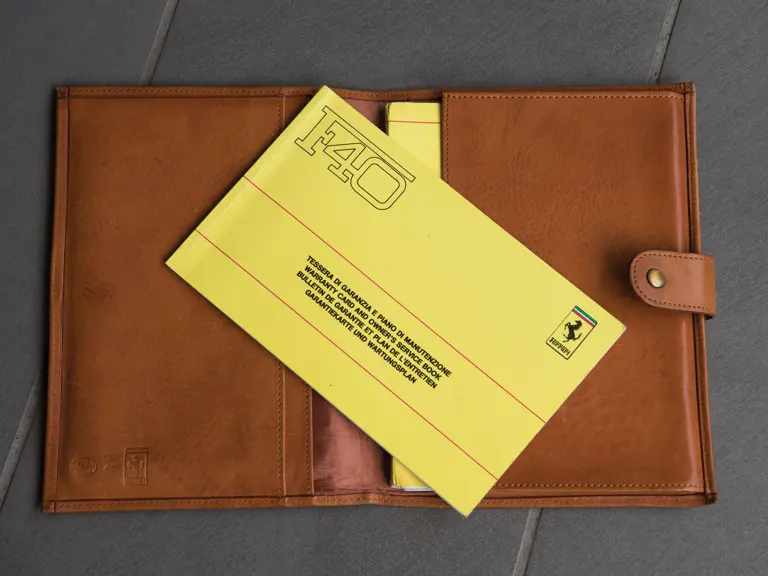

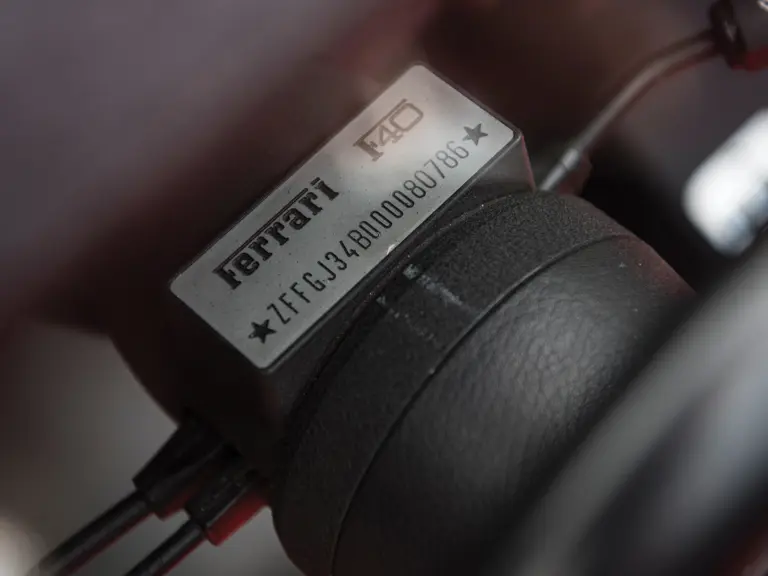
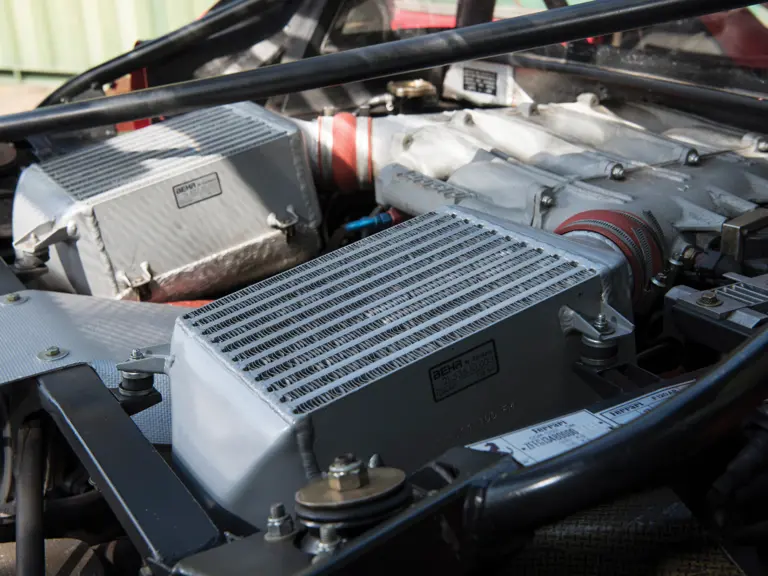
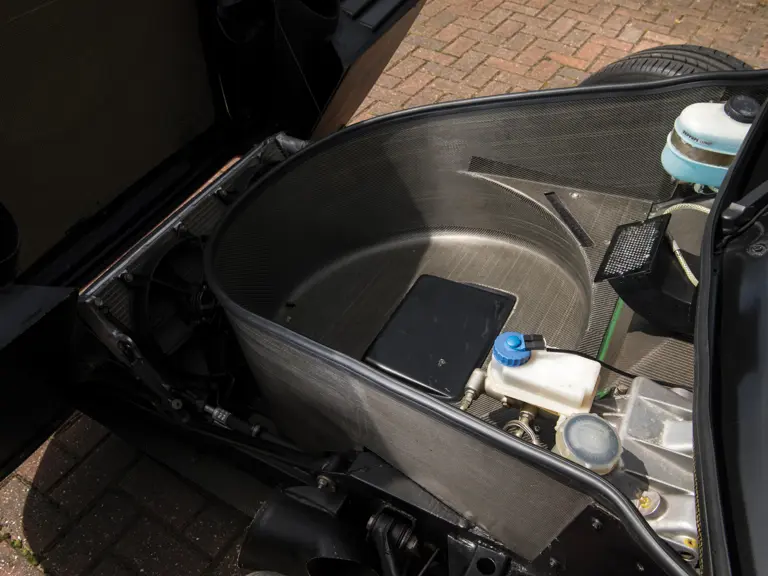
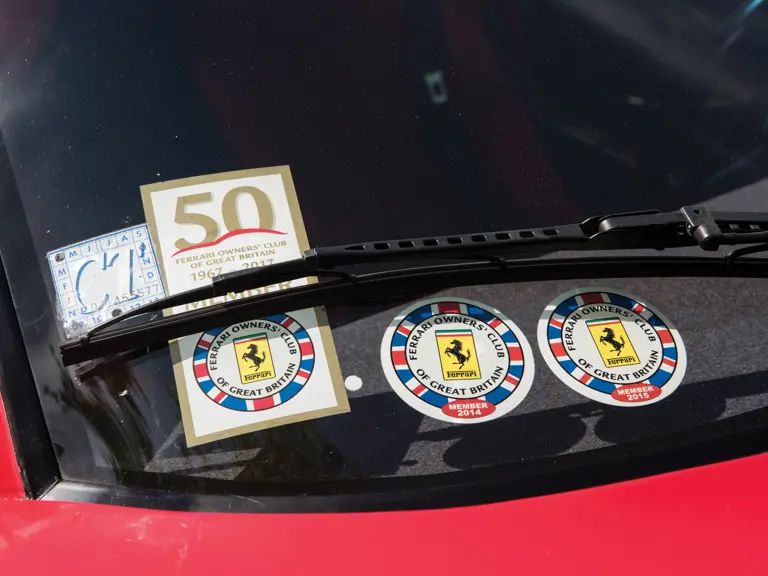
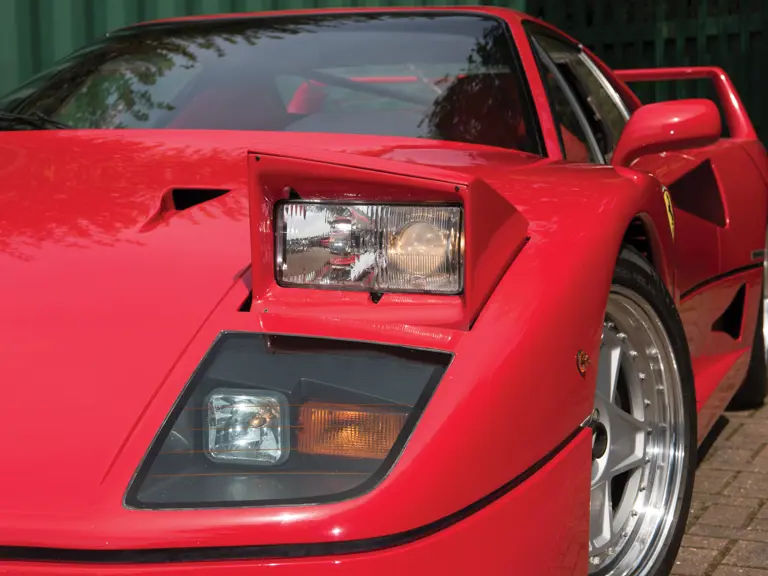
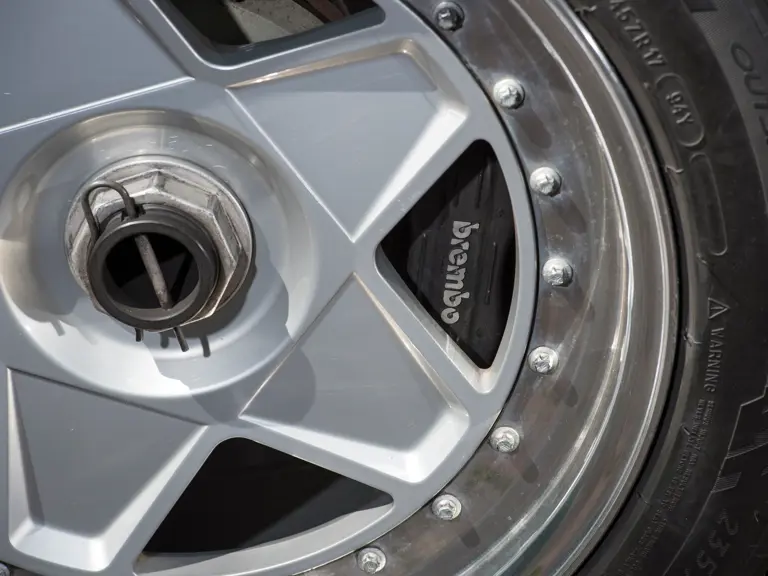
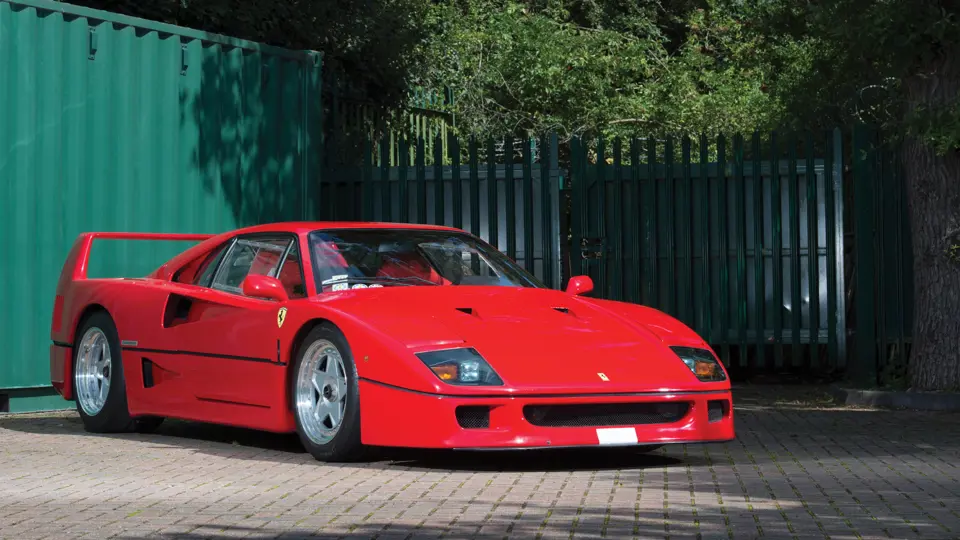
 | London, United Kingdom
| London, United Kingdom




